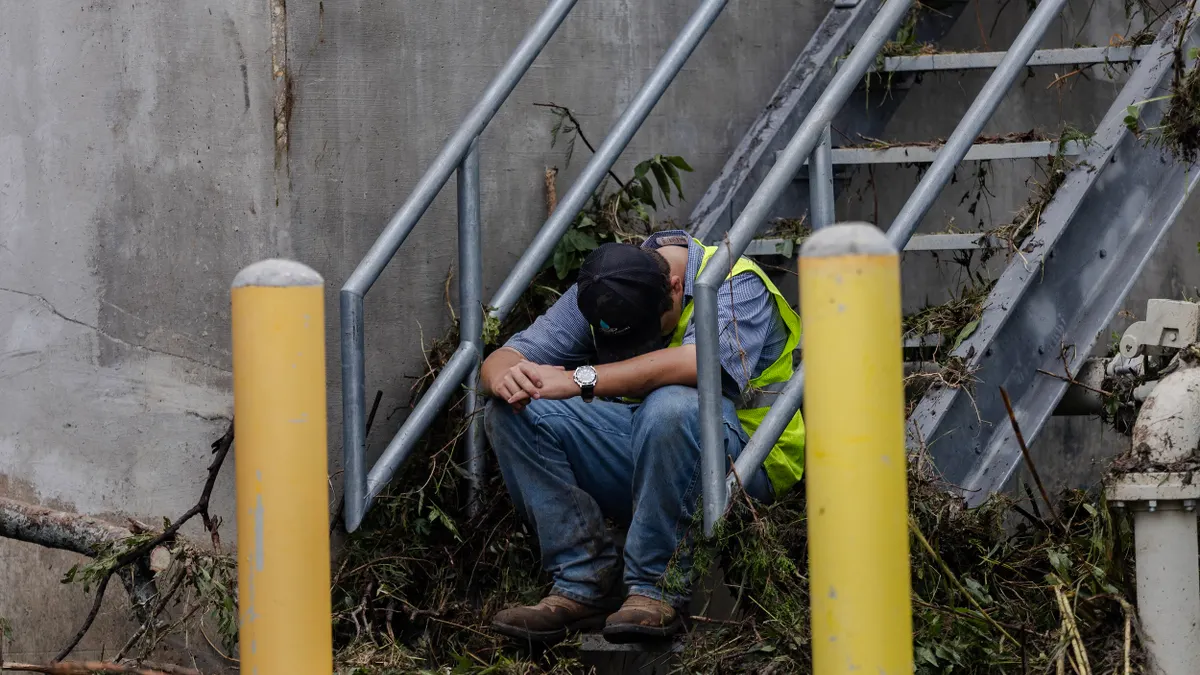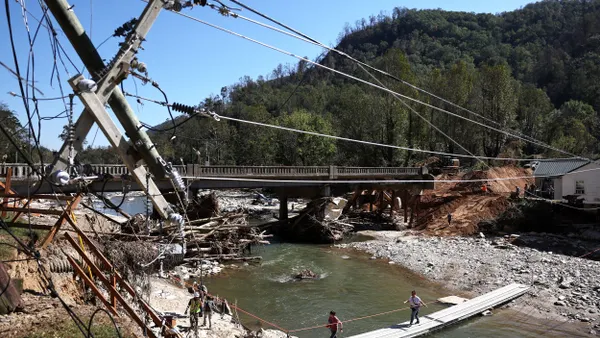As the Trump administration and Congress look to upend business as usual at the Federal Emergency Management Agency, emergency managers on the ground continue to respond to fires, floods and other natural disasters while preparing for novel events like cybersecurity attacks that weren’t part of the job 20 years ago.
Earlier this year, consulting firm Deloitte and the National Emergency Management Association canvassed 42 directors from all 10 FEMA regions and interviewed 14 additional leaders “to uncover possible gaps in understanding how states currently define their priorities, capabilities, and challenges as they continue to evolve and adapt to novel events,” the groups said.
The resulting National Risk Study 2025 has been presented to the FEMA Agency Review Council, said Mike Byrne, a Deloitte specialist executive who advises government leaders on emergency management. While no one involved in the project was surprised by the results, he said, “the fact that everybody was on the same page on the core issues is something that has turned people’s heads.”
Here’s what’s keeping emergency managers up at night, according to the report.
1. They don’t have enough money.
Funding the emergency management life cycle is a top concern for 64% of the respondents as state-run programs contend with funding limitations and competing budget priorities. Continued pressure on FEMA grants that all states rely on — including the Hazard Mitigation Grant Program and Homeland Security Grant Program — is adding to state directors’ financial challenges. Private insurance, the largest disaster recovery funder, has also scaled back coverage in most high-risk markets.
2. Agencies are being asked to do more with less.
In addition to dealing with natural disasters such as floods, fires and tornadoes — the threats they know — emergency managers are now being called on to deal with novel threats such as pandemics, cyberattacks, utility disruptions, active shooters and industrial accidents, the report states. Cyberattacks top the list of threats agencies believe they are least prepared for, the survey found.
3. Recruiting and retaining workers is a struggle.
Because of budget constraints, a competitive job market and a shortage of qualified candidates, only 25% of directors said their employees have the skills they need to effectively manage emergencies. To make matters worse, many are concerned that FEMA staff shortages could exacerbate their existing workforce issues. “The federal government has always been involved at some level” in emergency response, Byrne said. “What we’re engaged in right now is a discussion over, how are we going to divide that — does it make sense for the states and the locals to have more responsibilities?”
4. They’re falling behind technologically.
While nearly 60% of respondents say they have an intermediate level of technology capability, mostly with geographic information systems, web-based emergency operations centers and grant management solutions, they’d like to see their agencies adopt more advanced technologies like AI, big data and advanced risk modeling. Infrastructure limitations, limited knowledge, financial resources and procurement challenges are getting in the way, they said.
5. They’re stuck in a constant cycle of response and recovery.
While respondents indicated they would prefer to spend 44% of their time mitigating risks, they’re only able to spend 5% of their time doing so because of staffing shortages, funding constraints and the impact of emerging disasters. “They’d rather be spending time preventing bad things from happening, which just makes all the sense in the world,” Byrne said. Mitigation “is something we should pay more attention to because, at the end of the day, it will save us money in the long run.”












